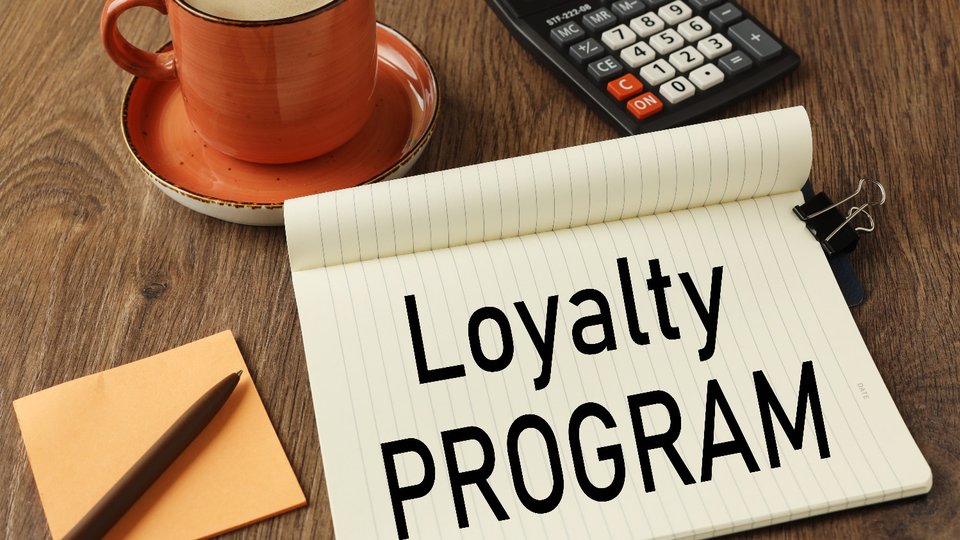Marketing
For better loyalty, focus on the customer experience not just a point program
By shifting the focus of the loyalty program from points to better experiences, brands can instill the kind of customer loyalty that grows in strength and value over time.

July 14, 2023 by Danielle Savin — Senior Director Marketing Solutions, Capgemini
Consumer loyalty is increasingly difficult to earn and keep. Shoppers now have multiple buying options for most products and services, which makes it easy for them to go elsewhere if a retailer or brand doesn't meet their expectations for convenient, personalized experiences.
Consider that 71% of consumers made at least one brand switch in the past year, according to the most recent Salesforce State of the Connected Customer survey. Among those shoppers, 48% said they switched for better customer service, 44% for convenience, and 34% because of changing needs or expectations.
The same survey found that although the average consumer belongs to 4.3 brand loyalty programs, nearly two-thirds of them redeem rewards just once every three months — or even less what motivates loyalty is excellent service, with 94% saying it makes them more likely to buy again and 83% saying that "consistent experiences across departments" strengthen their loyalty.
Brands and retailers that want to get the best possible return on their loyalty investments need to revise the way they define, build, and measure loyalty now.
So, what does the customer experience that drives loyalty look like? Whether the customer walks into a store or shops online, they should be recognized by the retailer or brand.
That retailer or brand should understand the customer's purchase behavior and share relevant messages, and pings to help them find what they're looking for or discover new things they might love. If there's an issue at any point during the purchase journey — including during the delivery process — the customer sees multiple options, tailored to their tech usage habits, age, and other demographics, across different channels to get the issue resolved quickly. In short, the customer experience finds what they want quickly and solves any issues easily. Any points or discounts earned along the way are nice, but not the motivating factor behind the customer's decision to return.
Adjust omnichannel strategies to strengthen customer loyalty
Effective omnichannel customer experience strategies for loyalty depend on understanding what customers want and how brands can best deliver, whether those customers are shopping online, in a physical store, or both. This requires a customer data platform to gather and analyze customer data from all channels.
Until recently only large brands had the budget and resources to implement a CDP. Now, we see CDP technology that's less expensive and easier to use than what was available at the beginning of the pandemic. At this point, there's no reason for brands not to leverage the CDP technology that's available at their price point. It's also important to be aware that the CDP doesn't necessarily have to come from the same provider as the rest of the MarTech stack. A good CDP from a different provider can work well if it can be integrated into the existing stack.
Insights gleaned from the CDP will highlight areas that matter most to the brand's customers and help identify areas for improvement that drive loyalty. For a cosmetics retailer, virtual try-on tools and in-person samples may be elements of the experience that keep customers coming back. For a coffee shop with regular visitors, customers may expect a great loyalty app that allows the baristas to start preparing their favorite drink as soon as they arrive.
However, it's not enough to analyze the brand's own experience.
Comparisons are inevitable when people shop, so brands need to assess their competition's CX to find areas where they can out-compete them. For example, if you have two drugstores across the street from each other, the one with a smaller selection of products may be able to build loyalty by providing a more seamless shopping experience. If the larger store locks up popular products or has long checkout lines, then keeping those products unlocked and adding self-checkout or more cashiers, the addition of self-checkout, alternative payments can give a brand a convenience advantage.
Choose effective loyalty metrics
After redefining what drives loyalty and identifying the strategies and technology required to create those experiences, brands must choose the right KPIs to measure their loyalty progress.
These KPIs are often the most useful:
- Retention rate. While conversion rate can indicate CX performance, retention rate measures how often visitors and buyers become recurring customers. Depending on the product and the sales cycle, a brand might rate buyers as customers — and therefore retention — after the first purchase or after several purchases.
- Repeat purchase rate. Among the retained customers, how many are making multiple purchases during a specific time frame? Understanding the percentage of customers who become repeat buyers over the long term– and understanding what those repeat customers are buying – can help to identify what works best in the loyalty program.
- Customer lifetime value. This metric shows how much value customer loyalty creates. Each brand will have its way of defining CLTV. Regardless of the details, the CLTV KPI should indicate an increase in spending year over year.
- Customer satisfaction scores. Those surveys we often see after a purchase, a delivery, or a customer service interaction all provide immediate feedback brands can use to optimize their CX and drive loyalty. CSAT is no longer just for retail brands. Banking, healthcare, life sciences, and other sectors are collecting and leveraging CSAT data that they can use to improve CX online, at the regional level, within certain systems, and even at the individual employee level. Offering customers points or a discount on a future purchase can incentivize customers to complete these short surveys, but often the real motivation is the promise of a better experience in the future.
- Net promoter scores. While some of the largest brands include net promoter score in their loyalty KPIs, most brands will do better to focus on retention and the year-over-year increase of customers' lifetime value.
None of these KPIs measure point or discount use, not because those metrics aren't worthwhile but because they're simply not as important for effective loyalty creation as the KPIs listed above. By shifting the focus of the loyalty program from points to better experiences, brands can instill the kind of customer loyalty that grows in strength and value over time.





